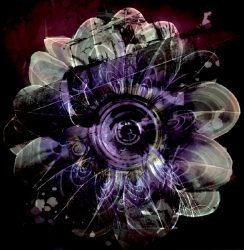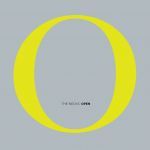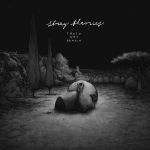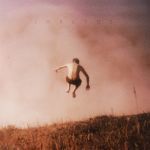Mark Polscher – The Pomegranate Tree
Imagine this:
A museum dedicated to the ancient Egyptian art, with thirteen rooms (“fields”), divided in seven “areas”, with a 64-channel soundscape accompanying the exibition combining abstract and somewhat haunting electronic sounds with partly edited, partly montaged texts spoken from ancient Egyptian poems (with titles such as The Book of the Dead, The Prophecies of Neferti, The Teachings of Ptahhotep).
Sounds like a soundscaper’s dream, doesn’t it?
Yet, this is exactly what Mark Polscher realised for(/with) the State Museum of Egyptian Art (Munich, Germany) for the project named “The Pomegranate Tree“.





